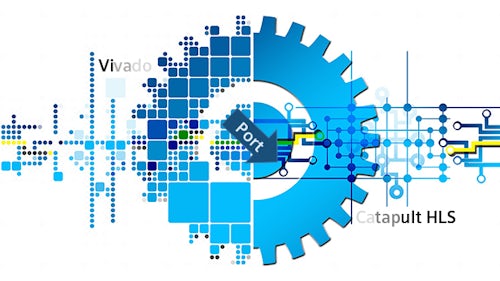Drone noise mitigation is a key enabler for urban air mobility technology adoption. Noise pollution is one of the main reasons why helicopter operations are often restricted. Thanks to the distributed electrical propulsion architecture, eVTOL air taxis and drones offer a perspective to reduce sound levels by 15dB at 500ft compared with helicopters.
Achieving this objective is critical to decreasing the overall journey time and thereby increasing the overall attractiveness of this new mobility mode. The challenge at hand is to design disc loading, rotor tip speed, propellor interactions and vehicle scattering in such a way that the overall in-situ noise levels are reduced.
It is a multidisciplinary issue, calling for the combined use of various simulation and testing techniques.
Drone noise
You will learn how to:
- Combine CFD simulations and acoustic propagation together with raytracing methods to capture drone noise behavior at different scales
- Model and validate noise sources against physical testing
- Analyze propellor interactions influence on the noise signature
- Understand how installation effects of the vehicle influence far-field noise levels
- Gain insights into the effect of the urban environment on the noise
Drone noise analysis: von Karman Institute for Fluid Dynamics example
A numerical analysis carried out at the von Karman Institute for Fluid Dynamics will be presented dealing with drone tonal noise sources and their near- and far-field propagation patterns. Find out how to:
- Validate the simulation methodology over a quadcopter against measurements available in the literature
- Investigate the effects of the rotor-on-rotor interaction, and presence and absence of the body
- Evaluate the sound scattering effects due to the presence of the drone body
Meet the speakers

Alessandro Zarri
Postdoctoral Researcher, Environmental and Applied Fluid Dynamics Department
Alessandro obtained his master's degree in 2017 from the faculty of aerospace engineering at Politecnico di Torino, Italy. In 2021, he received his PhD at the École Centrale de Lyon, France, with a research work based on aeroacoustics of automotive cooling fans carried out at the von Karman Institute for Fluid Dynamics, Belgium.

Jens de Boer
Simcenter Solution Manager for Aerospace
Jens is a passionate aerospace engineer. In the past 14 years at Siemens, he collaborated with aerospace companies to adopt and streamline their simulation and test processes throughout the development cycle.




